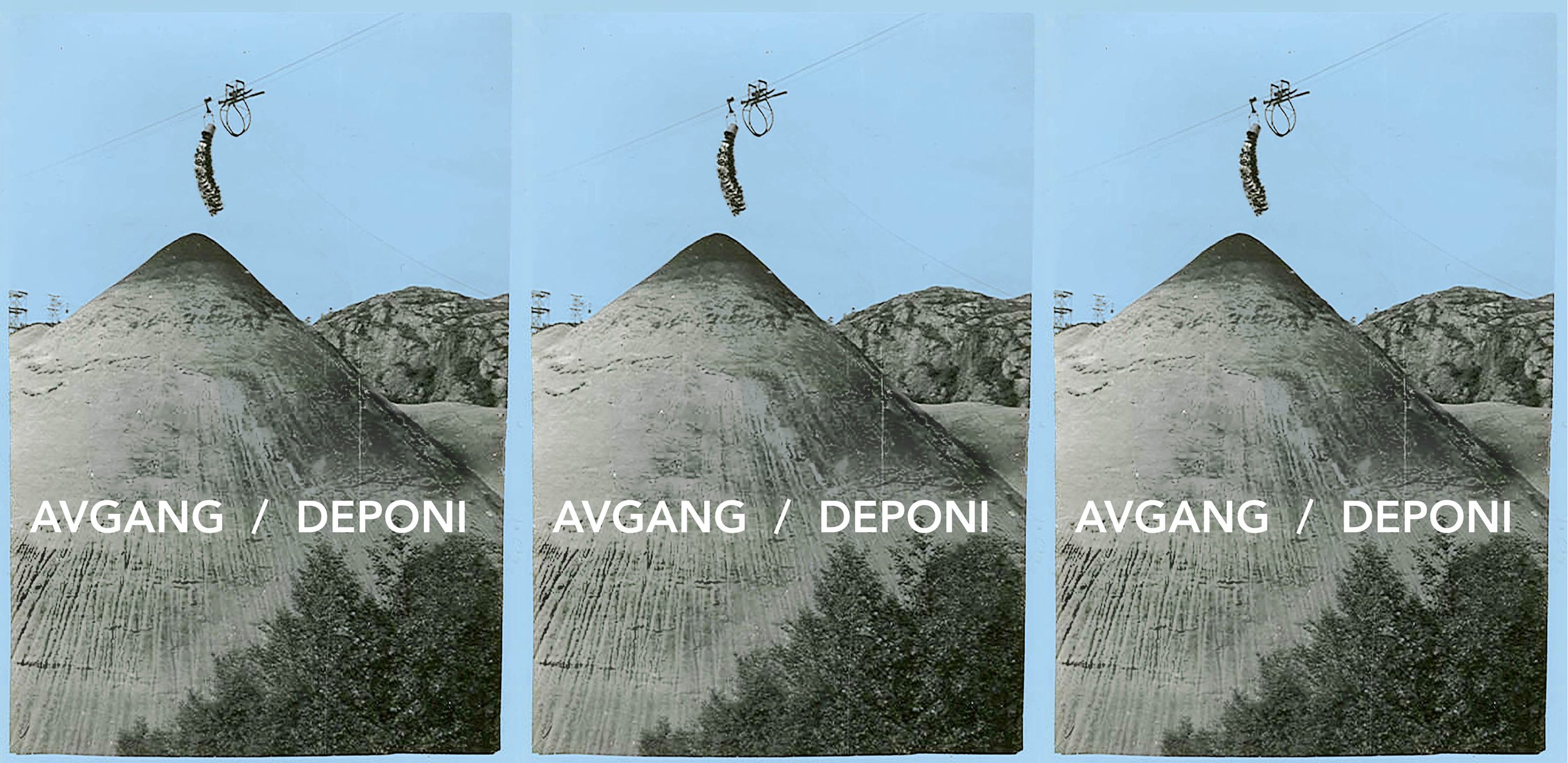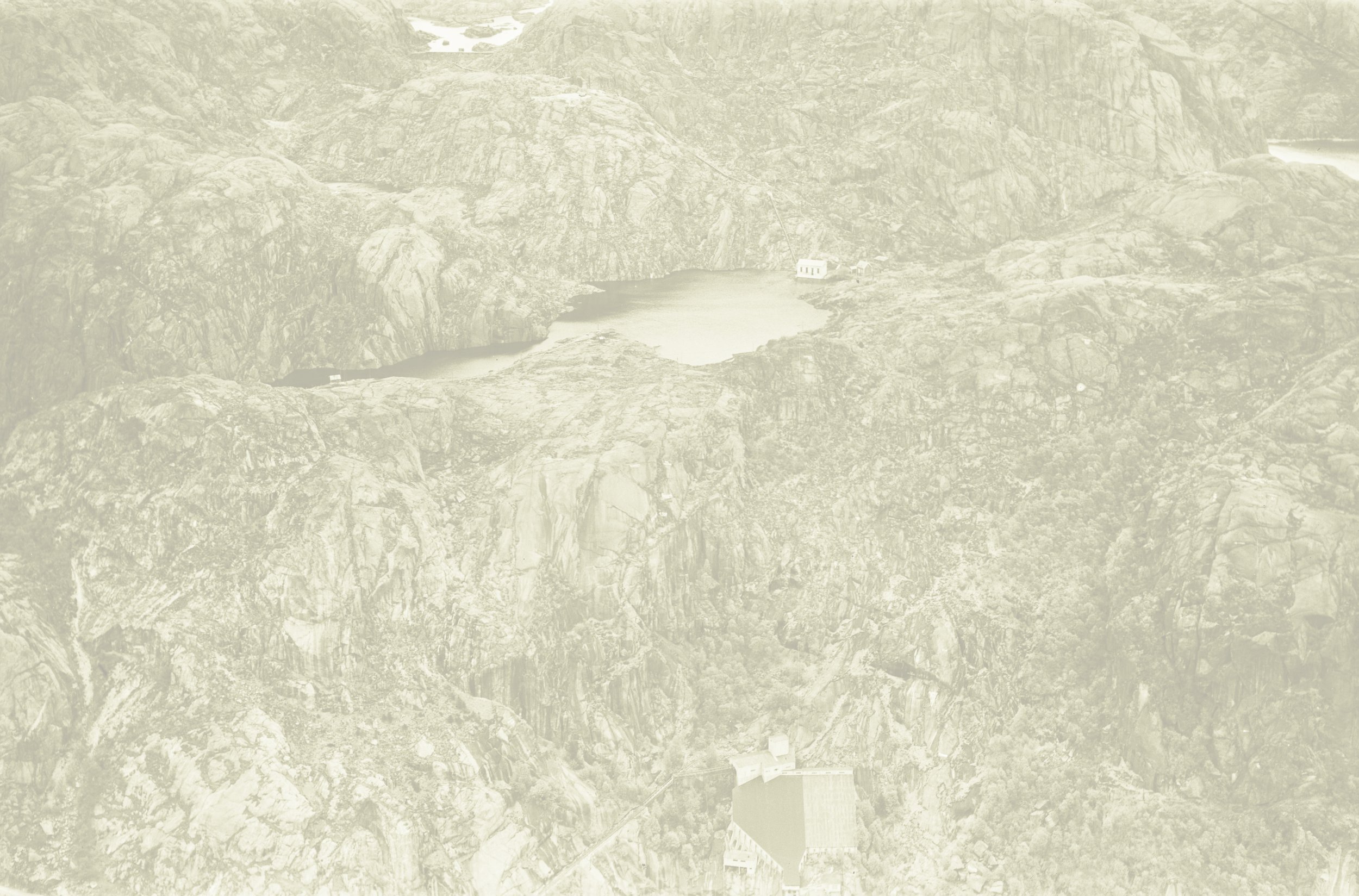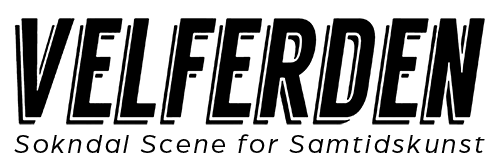

From 2023 to 2026 the theme for Velferden's programme is: Waste / Deposit
Through a series of research meetups, residencies for in-depth study and production, courses, exhibitions and seminars, we take a closer look at the issues surrounding the historical, present and future disposal of mining waste in the Sokndal and Dalane region.
The programme is interdisciplinary and will develop new artistic productions, provide space for in-depth studies in landscapes, new research, relational expressions and new thoughts! The programme is curated by us who run Velferden; Hans Edward Hammonds and Maiken Stene.
More on the topic of Waste / Deposit:
In the mining industry, tailings is a term for the worthless residual product that remains after the economically valuable minerals have been separated out. Landfill is the term for a storage site for waste. Waste can be studied both in a concrete and symbolic sense, in different forms of matter and as a cause and symbol of the Anthropocene. We have a waste problem because we have stopped looking at waste as a resource. Landfill and waste in general have become synonymous with something we have to get rid of and that we don't want to be associated with. But situations are changing rapidly here, and we see that the waste we produce is becoming an increasingly large part of the social economy.
Through the programme, Velferden takes a closer look at the unprecedented possibilities buried in these new and strange landscapes. The landfills are interesting places from a biological perspective, but also because they are constructed, man-made and artificial interventions in our surroundings - providing immediate links to science fiction, the imagination and the creative artistic space.

THE SANDBEKK DEPOSIT
At Sandbekk, in a valley near to Velferden, lies Titania's first deposit of tailings. The deposit consists of 6 million tons of coarse tailings from the extraction of magnetite and ilmenite concentrate in the period 1916-1965. The tailings were transported in iron buckets by cable car, and each bucket held approximately one ton. Today, we at Velferden are active users of the deposit, and we observe how nature takes over the human interventions over time. In the 1970s, the Norwegian College of Agriculture (now NMBU) started a planting project in collaboration with Titania, in order to limit sand escape and to study what kind of plants could possibly establish themselves in this nutrient-poor and contaminated sand. Over a period of 50 years, a relatively large forest and a varied biodiversity have established themselves at the landfill. The growth base is sparse and the forest is vulnerable, and this unique area now deserves further investigation and attention.
Drone photo by David Lamignan
Drone photo by David Lamignan
"Titania A/S had mining operations at Sandbekk from just after the First World War until 1965. From 1935 to 1954, waste sand was deposited at Kjerdal. Here, an area of approximately 300 acres is covered with waste from mining operations. A total of approximately 7 million tons of sand. The main landfill Kjerdal, where we have worked, covers just under 200 acres, and the planted area is now approximately 130 acres. At its deepest, the sand tip is close to 50 m. but consistently over approximately 25m deep. We thus had quite a bit of sand to work on."
-excerpt from the final report on the planting project carried out by the Norwegian University of Life Sciences (NMBU) and Titania as.
To the report on the planting project in the sand landfill at Sandbekk .
TITANIA'S NEW LANDFILL
Photo Maathias Oppedal / NRK
We want to compare what we see at the old sand dump with the development taking place at Titania's newer sand dump, which with today's mining activity increases in volume by 300 tons per hour. Titania has a long history of depositing tailings into the sea, but due to protests from various environmental organizations in the nineties, Titania was forced to establish a land dump that is still operated today.
REKEFJORD STONE / NOAH
Rekefjord Stone, formerly known as Fjordstein, is a stone supplier in Sokndal (established in the 1960s) that extracts large quantities of stone for road construction, coastal protection, offshore wind and critical infrastructure in Europe. The company was acquired a few years ago by Gjelstein-owned NOAH, which operates the Langøya landfill in the Oslo Fjord, outside Holmestrand.
A couple of years ago, NOAH wanted to start planning work for filling surplus materials in the Vallnes quarry; an older quarry right out at sea in Rekefjord. The quarry was to be filled with bottom ash and waste from the construction industry, and then covered with material to become a new industrial area. The proposal met with great resistance from the local population and politicians, and was voted down by the municipal council before they could start with impact assessments.
Rekefjord Stone and NOAH are also looking at sustainable solutions for how they can produce stone, while also accepting waste that utilizes and fills the voids left by the extraction process. NOAH has extensive experience in restoring landscapes to their original form, and wants to do the same in Rekefjord.
LINKS:
- https://rekefjord-stone.no/

NORGE MINING / NORGE MINERALER
Norge Mining/Norge Mineraler is a relatively newly established mining company that initially drills and maps local deposits of minerals that are important for the green shift, mainly iron ore and phosphate.
The company wants to start mining at Helleland in Egersund municipality from 2029, and is waiting for approval from politicians to start impact assessments. In parallel with the outlined mining plans, a new organization called La Dalane Leve has recently been established, which ensures that the company takes nature, the environment and society into account. The debate is lively in the media and is very topical at the moment. The Norwegian Association for the Conservation of Nature has also established a local group in connection with the upcoming mining plans.
The company has not yet started extraction, so there is no landfill yet. More information to come.
LINKS:
- https://norgemining.com/





